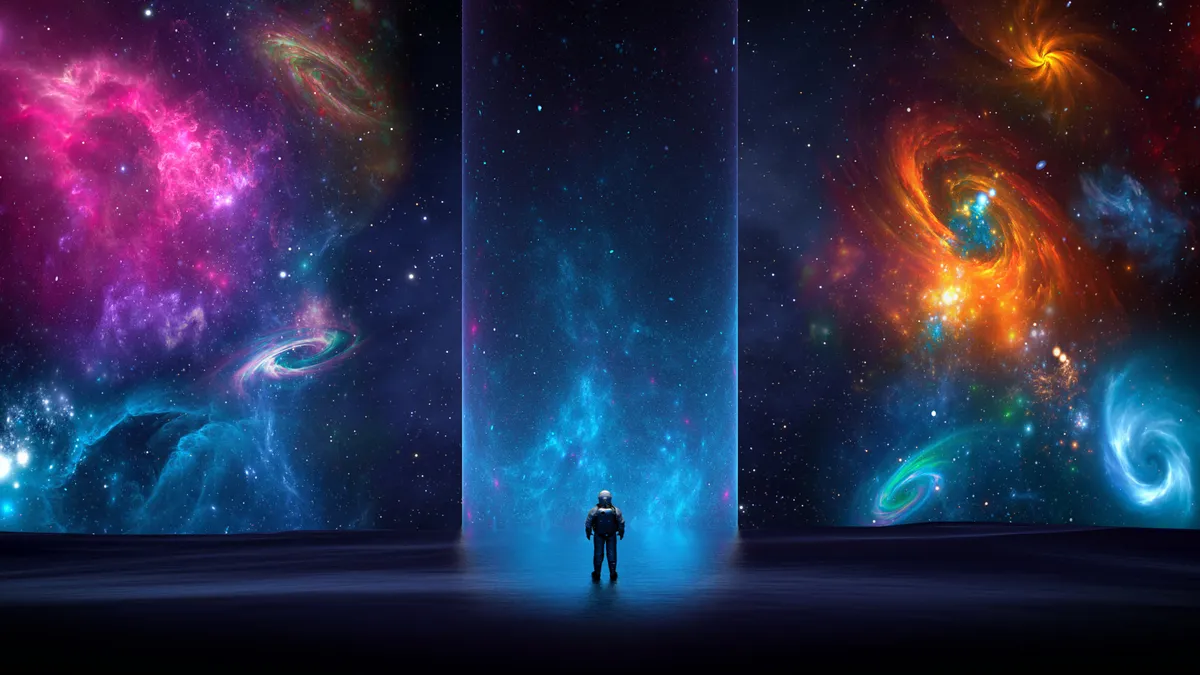From raspberry notes to rum and nail polish ones. Some call it a ‘space party,’ while others say ‘it stinks.’
- Doctoral researcher in Astrobiology and professional perfumer, Marina Barcenilla, creates the scents of space based on astrochemistry and reports by astronauts.
- Interesting Engineering (IE) report on the range of smells available including which represent the entire journey around Earth’s orbit to the center of the Milky Way.
- By tapping into the intimate relationship between olfaction (the sense of smell) and memory, the project aims to break communication barriers between science and the public.
Ever wondered what astronauts report on the smell of space? Technically, they wouldn’t be able to smell space directly simply because noses don’t work in a vacuum- at least not human ones. Even if astronauts attempted to smell space, doing so would require taking off one’s helmet, which we all know would end poorly.
Still, we can smell space indirectly. Past descriptions of “sweet smelling welding fumes” or “a British summer barbecue,” provided by NASA’s Donald Petit and ESA’s Tim Peak (respectively), serve as examples of what astronauts experienced after spacewalks.
Researchers can also make assumptions about how things might smell in space using various chemicals and elements found on Earth as well as elsewhere in the galaxy.
At New Scientist Live, Interesting Engineering (IE) spoke with award-winning perfumer and Doctoral researcher in Astrobiology at the University of Westminster, Marina Barcenilla, whose project, AromAtom, is attempting to recreate the scents of space.
Astrochemistry is the study of molecules that form celestial bodies and space
The same atoms we observe on Earth also make up stars, planets, comets, and nebulas; the same periodic table regulates all ordinary matter throughout the universe. The study of how those atoms interact with one another in radically diverse surroundings to produce both common and uncommon compounds is known as astrochemistry.
“While studying astrochemistry, as a perfumer, I was always thinking, what does this smell like?,” Marina Barcenilla, who studied astrochemistry and has worked in the perfume industry for nearly 30 years, told IE.
Her journey to create space smells began as a result of her curiosity.
“Studying the chemistry of Mars, or Neptune, or whatever planet, I would wonder what that would smell like.” Through this curiosity, her journey to create the smells of space was born,” she said.
Fragrances based on the accounts from astronauts
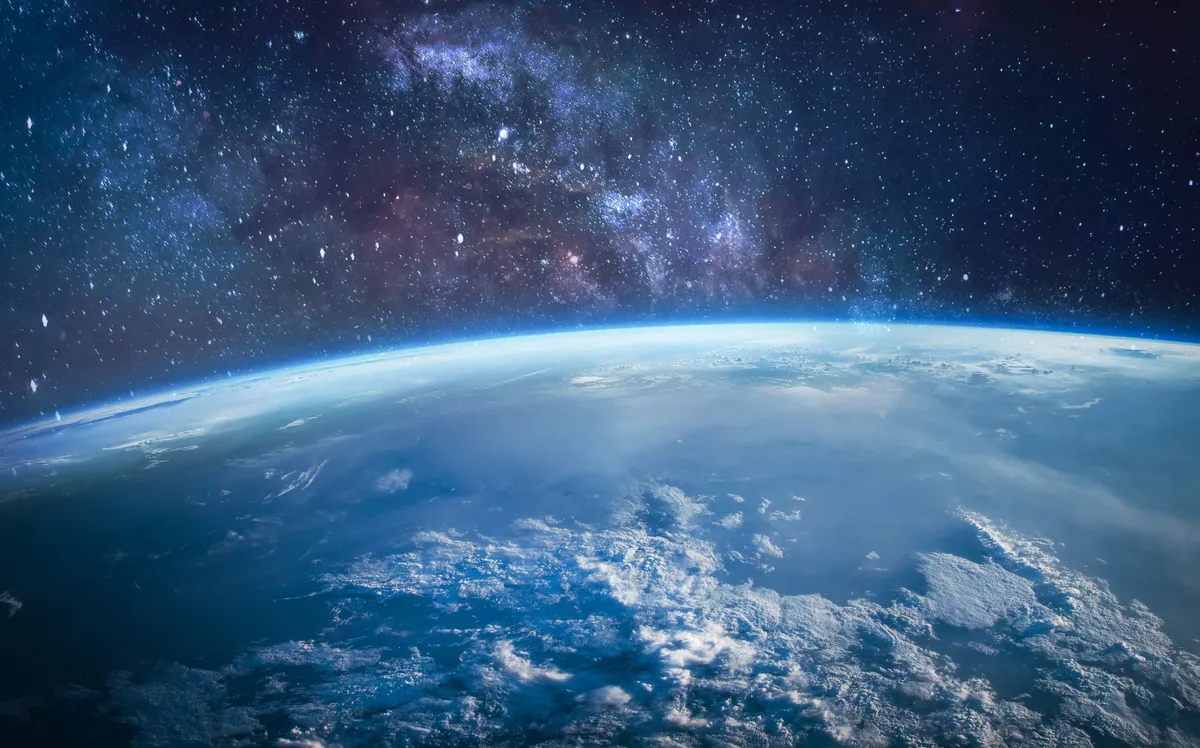
“I’ve been doing this since 2017, and the response is always the same. Some people are like, ‘hmm this is strange’. And then you get the others who are like, ‘oh my god, it stinks,’ said Marina Barcenilla.
Barcenilla admits that she has never spoken to astronauts directly. Still, the Ph.D. student explained that some of the fragrances are based on the numerous accounts from astronauts, including those from the Apollo missions and the International Space Station (ISS) who spoke about, say, the ‘smell of moondust on their suits.’
“Astronauts, quite a lot of them, have said that, ‘they could smell things like charred meat or burnt rubber, or welding fumes.’ And, in fact, one of these [fragrances] is based on account of Donald Pettit, who said that ‘it smelled like sweet welding fumes,'” stated Barcenilla.
IE learned that the fragrance in AromAtom’s range which is based on Petit’s account is called ‘Space’, and it represents the entire journey around Earth’s orbit.
Petit’s report relates to a time when the astronaut operated the airlock for two crewmates while they went on several spacewalks. Each time Petit opened the latch, he experienced the same pleasant sweet metallic sensation.
‘I think my favorite one is stinky as hell- it’s Jupiter’
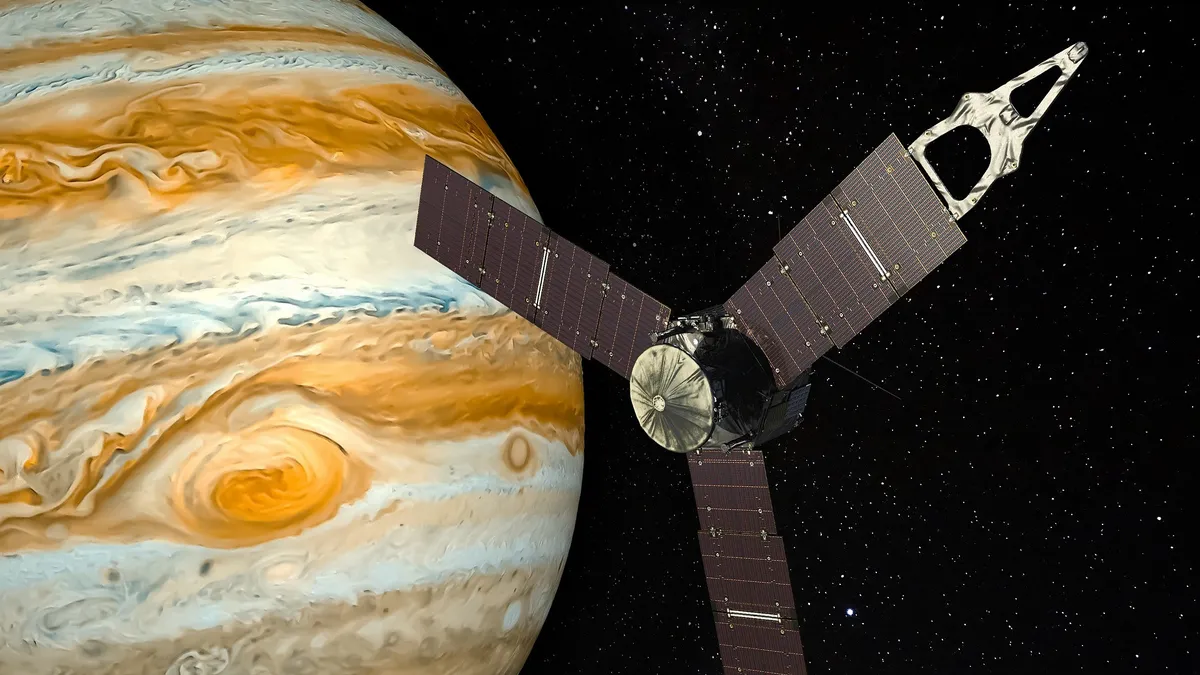
At New Scientist Live, four smells were presented. However, Barcenilla said that, from experience, these were just the easiest for the general public to understand.
“AtomArom has 24 [aromas] in total. I have created a whole journey that goes from Earth to the center of the Milky Way. So you have stops at the Moon, Mars- all the planets are covered,” explained Barcenilla.
“I think my favorite one is stinky as hell- it’s Jupiter,” she told IE.
The scientist and perfumer clarified that this is because Jupiter has many different layers, each with its own chemistry. “So as you get deeper into Jupiter, the chemistry and, therefore smells, change. In other words, they get more complex and ‘stinkier,'” she said.
“But I just like the changes you get in the chemistry and how you can learn so much about the planet by smelling the different components.”
Sagittarius is a mixture of raspberry, rum, and nail polish notes- it’s a space party
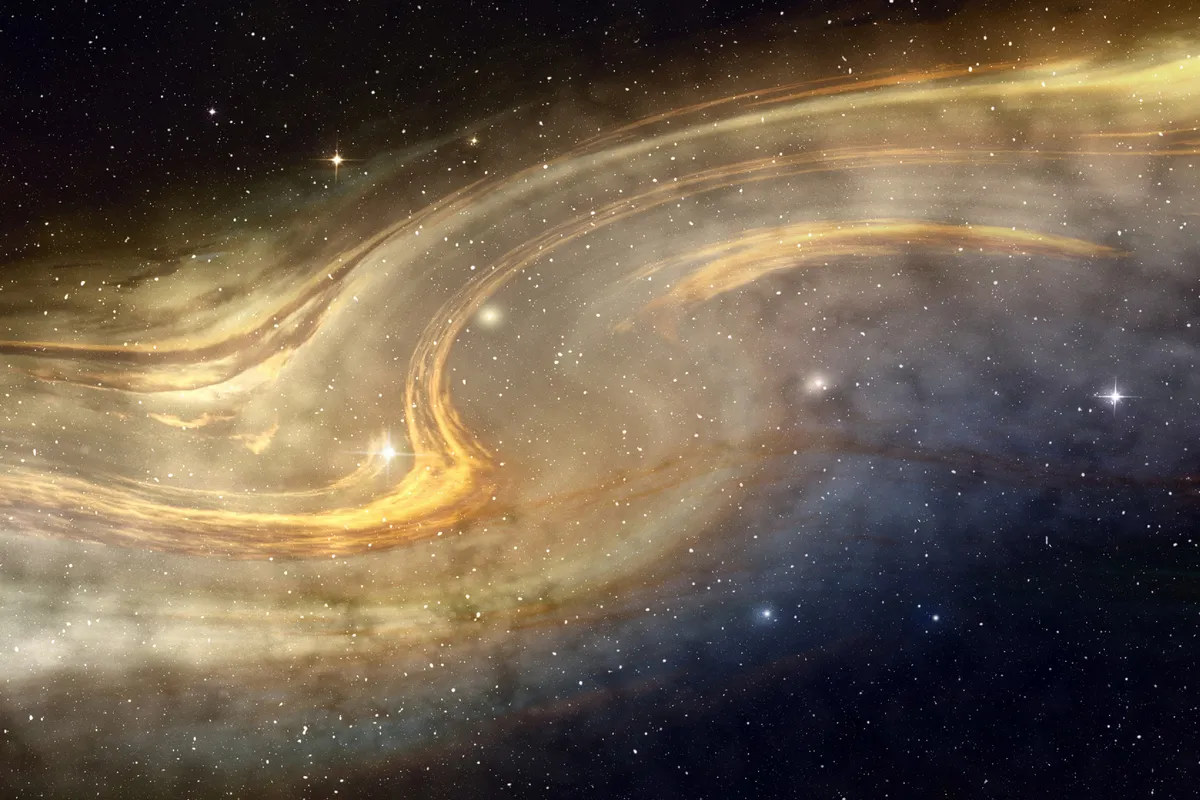
A scent named ‘Sagittarius B2‘, is based on a molecular cloud near the center of the Milky Way. “This one captured everybody’s imagination many years ago when we [scientists] discovered the ethyl formate molecule [in the cloud],” she said.
Part of the interpretation of this scent came from the fact that raspberries also contain ethyl formate.
“The idea of raspberries and space gets people’s imaginations going,” Barcenilla said, “so this one, I call it the space party because you’ve got raspberries, alcohol, and nail polish. People tend to like that the best.”
Additionally, more than two hundred different molecules in Sagittarius B2 (within the Milky Way) have been detected with spectroscopy using infrared and radio telescopes. This, too, aided in creating the smell.
Moon with its gunpowder smoke and mineral notes
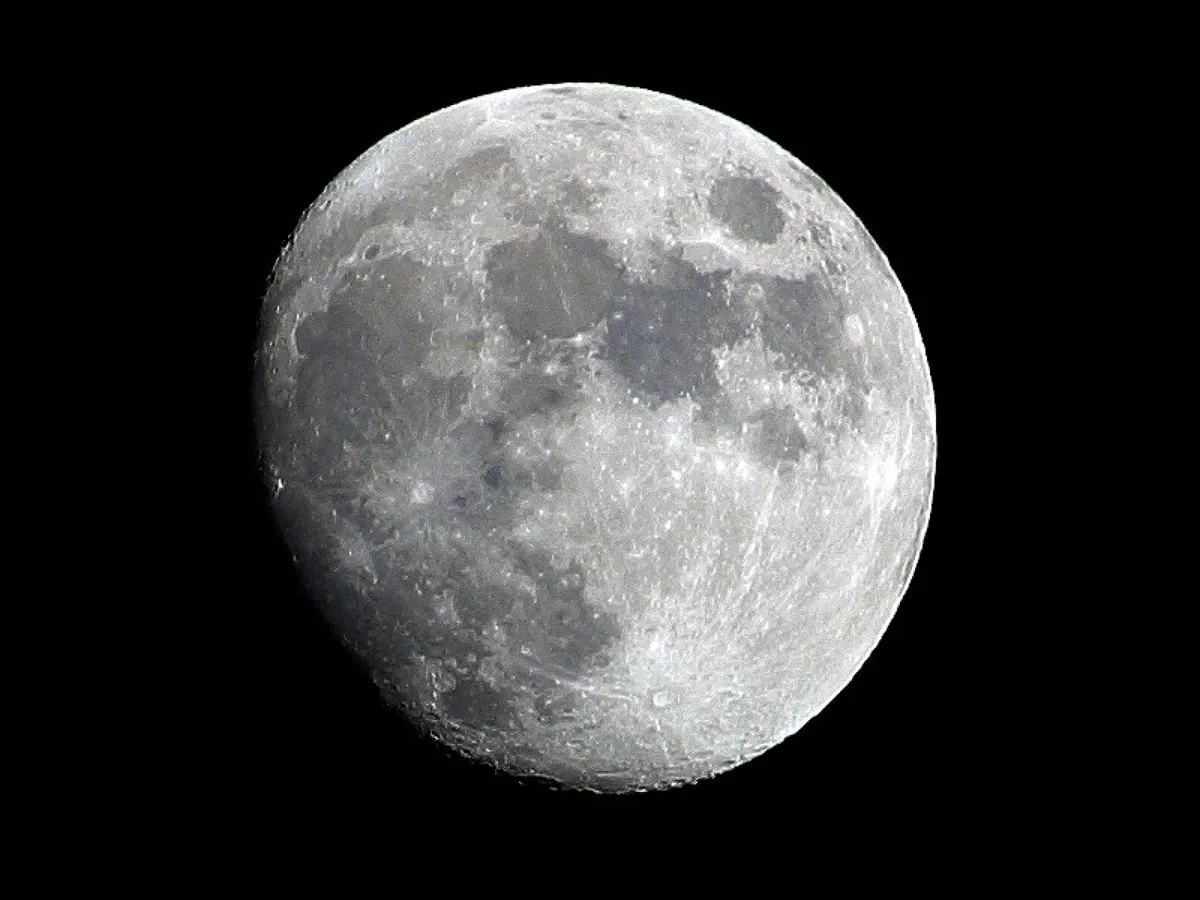
Barcenilla described some of her fragrances as being “pungent or strange.” Nevertheless, another favorite is the Moon aroma, in particular its smokiness. The aroma is inspired by astronaut Gene Cernan’s description of the moondust on his spacesuit, which smelled like spent gunpowder.
It’s also based on the moon’s chemistry, which includes silicone dioxide, magnesium, and titanium.
‘Mars,’ a fourth scent, was suitably red-stained with dusty, sulfuric, and chlorine notes. This is based on chemistry and mineralogy data obtained from remote sensing, in-situ measurements made by robotic landers, and examinations of martian meteorites.
A (space) vehicle for science communication that taps into the power of the olfactory
Marina Barcenilla told IE that the interpretation of the smells of space differs from one person to another, making the whole project relatable on an individual level. Moreover, by tapping into the intimate relationship between olfaction (the sense of smell) and memory, Barcenilla argues that learning experiences are made more holistic, making them easier to process and recall.
By going beyond vision and hearing, AromAtom aims to make science more accessible.
“When I go to schools, for example, we have raspberries. We have rusty coins. We have a stinky box with broccoli and boiled eggs to talk about the sulfurous smell of peanuts,” said Barcenilla.
“It’s all about relating the chemistry of space to everyday items so that people can feel that much closer -so it’s not so abstract or intimidating.”
AromAtom’s efforts to break barriers
“I imagine talking to a kid about a subject that can be really complex. Kids are always asking the strangest questions. And if the teachers cannot answer them, it’s nice when you have space scientists that can actually take care of those questions, explained Barcenilla.
“I, myself, have always been very afraid of science. As a kid, I hated it. And I was like, ‘oh my god, I’m too stupid for that. I can’t understand that. That’s not for me.’ Now I understand that all I needed was just another vehicle,’ Barcenilla elaborated.
The response to the focus on smell has been an incredible one, said Barcenilla.
From a pilot exhibition in 2017 to a spot at this year’s New Scientist Live, the planetary scientist (and professional perfumer) is excited about AromAtom’s future efforts to bridge the gap between science and the general public.
Source: What does space smell like? Expert recreates 4 aromas from astronaut accounts

